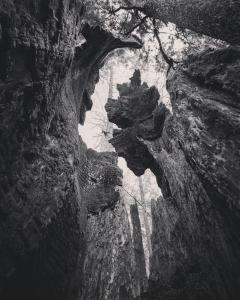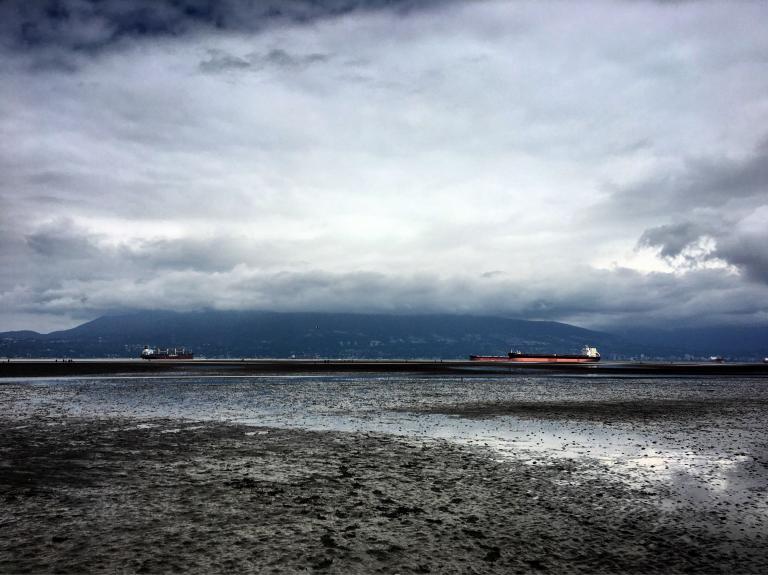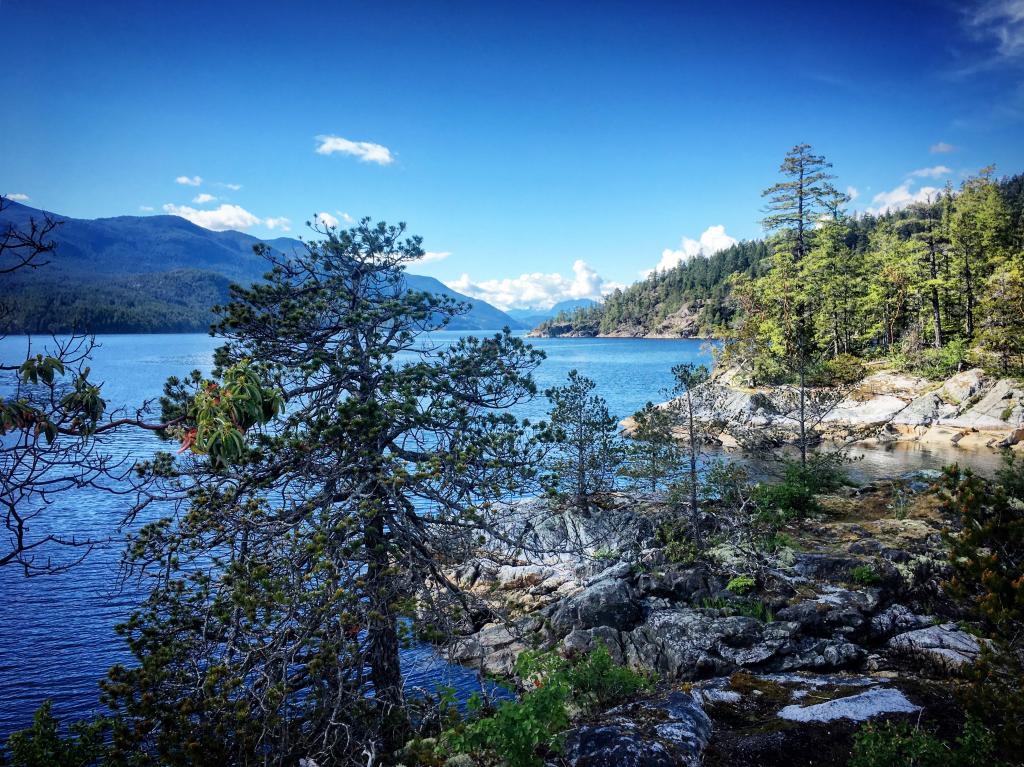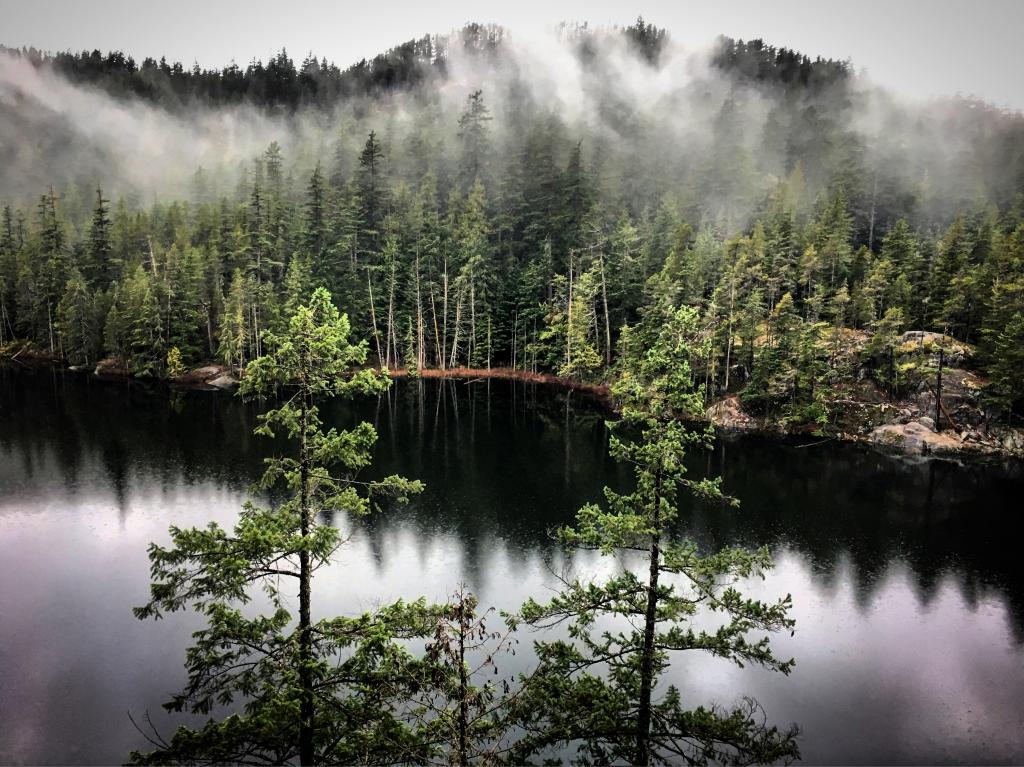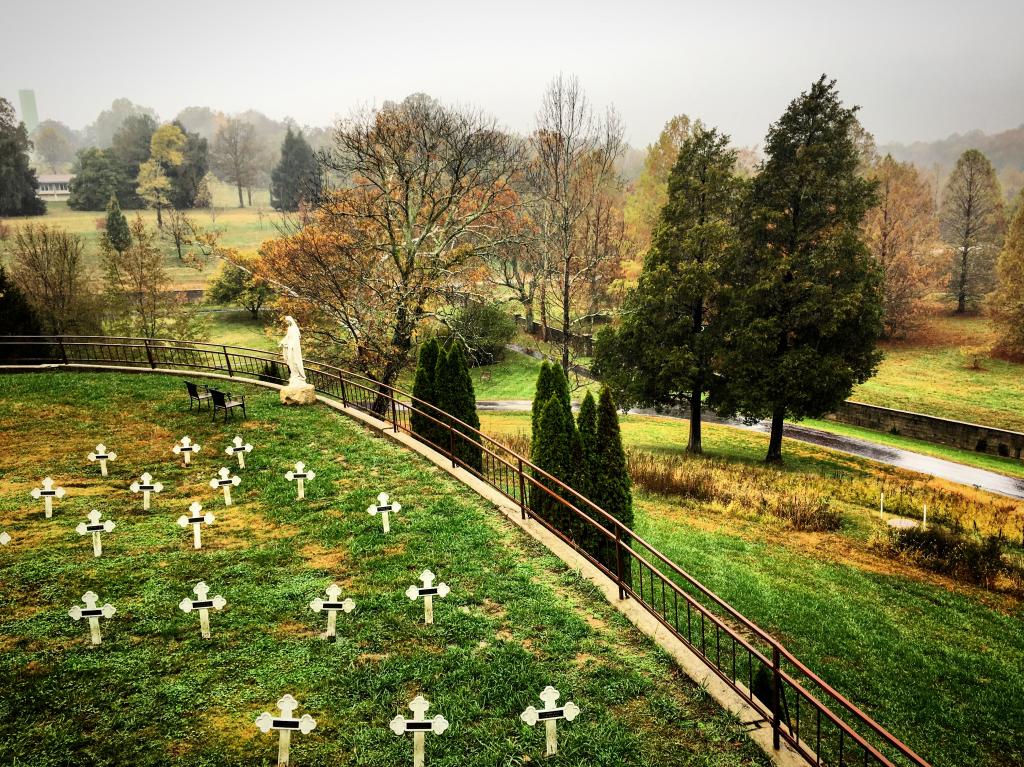This November, I will be on a panel at the American Anthropological Association’s annual conference. The panel is about silence and its various manifestations in the ethnographic context. As you may know, my dissertation research took place among four Catholic monastic communities for whom silence is a primary mode of worship, prayer and spiritual growth.
In recent years, interest in silence as a mode of spirituality and increasingly as a topic for ecological quality has dramatically increased. Author George Prochnik’s book In Pursuit of Silence, and Gordon Hempton’s work on silence as a natural resource have both been well received.
As Hempton’s textured virtual reality film shows, noise is almost taken for granted in our world. Yet, as he states in the film with a gristly rasp: “Silence is not the absence of something but the presence of everything.”
And yet, Hempton seems to contradict himself when he decries any type of human noise as inherently problematic. He claims that natural silence is going extinct. He does not come out and say this, but he broaches dangerously close to yet another way of excluding humans from the landscape, and guilting us into romanticizing some primitive silence.
I will assume that Hempton and I don’t disagree too wildly. But I just want to affirm that qualitative silence is essential, and that human sounds are not all inherently problematic. We are nature. Our music and walking, our language is natural and beautiful. And for anyone who has spent time outside, some non-human spaces are positively cacophonous (gulls come to mind).
Don’t stay silent on the comment thread! What do you think?
Silence Resources
Film: http://www.pursuitofsilence.com/
Emergence Magazine Piece:
https://emergencemagazine.org/story/silence/
Great New Organization:
https://tinyurl.com/ya8zqt4s
Sanctuaries of Silence Short Film:
A Few Books:


